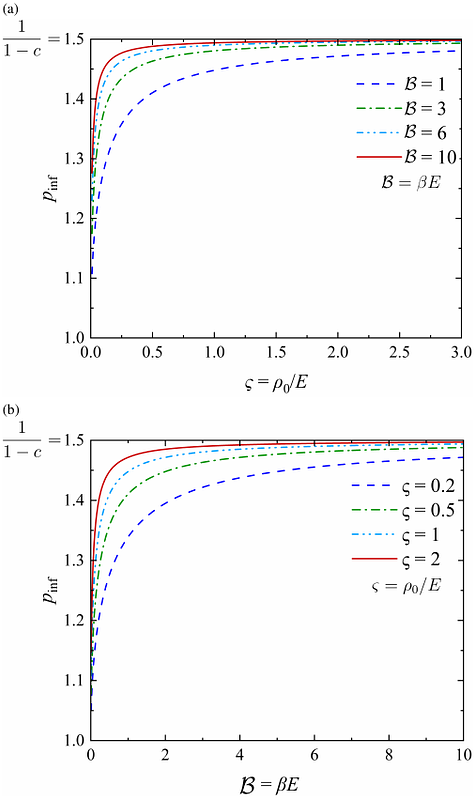Phenotype Heterogeneity Warrants Trizonal Feedback between Intracellular Contractility and Extracellular stiffening

Phenotype Heterogeneity Warrants Trizonal Feedback between Intracellular Contractility and Extracellular stiffening
Torki, M. E.; Chen, Z.; Liu, F.
AbstractThe two-way feedback loop between intracellular actomyosin contractility and extracellular matrix (ECM) strain stiffening along with fiber realignment drives the phenotype of cancer cell invasion. The latter is construed via cell elongation, protrusion and contractile stiffening. Accordingly, the combined impact of ECM strain stiffening and cell contractility plays a pivotal role in heterogeneity of cell populations and their invasiveness (reflected in cell elongation and normalized PercevalHR ratio) in response to ECM stiffness increase. Existing constitutive models fail to predict multimodal cell shapes based on their motility levels. Hence, this article suggests a free energy-based trizonal nonlinear model of cell durotaxis that incorporates all factors affecting the two-way feedback between the cell and ECM. As such, the proposed model is primarily invoked for evaluation of steady-state optimal cell shape and contractility in terms of ECM stiffness, contractility density, stress anisotropy (polarization), membrane-cortical tension, and integrin contribution by employing total free energy minimization. The trizonal model is further suggestive of a lowly motile zone with limited cell invasiveness as being insensitive to ECM stiffness, a highly motile zone corresponding to highly invasive, i.e. elongated cells heavily influenced by stiffness, and a mesoregion of stiffness corresponding to two possible cell states. The lower end to the latter represents a critical stiffness required for intercellular deadhesion and initiation of maximal cell invasion. Consequently, a statistical representation of the model can both regenerate and predict the multimodal dispersion of cell shapes in human functional tissue assays.